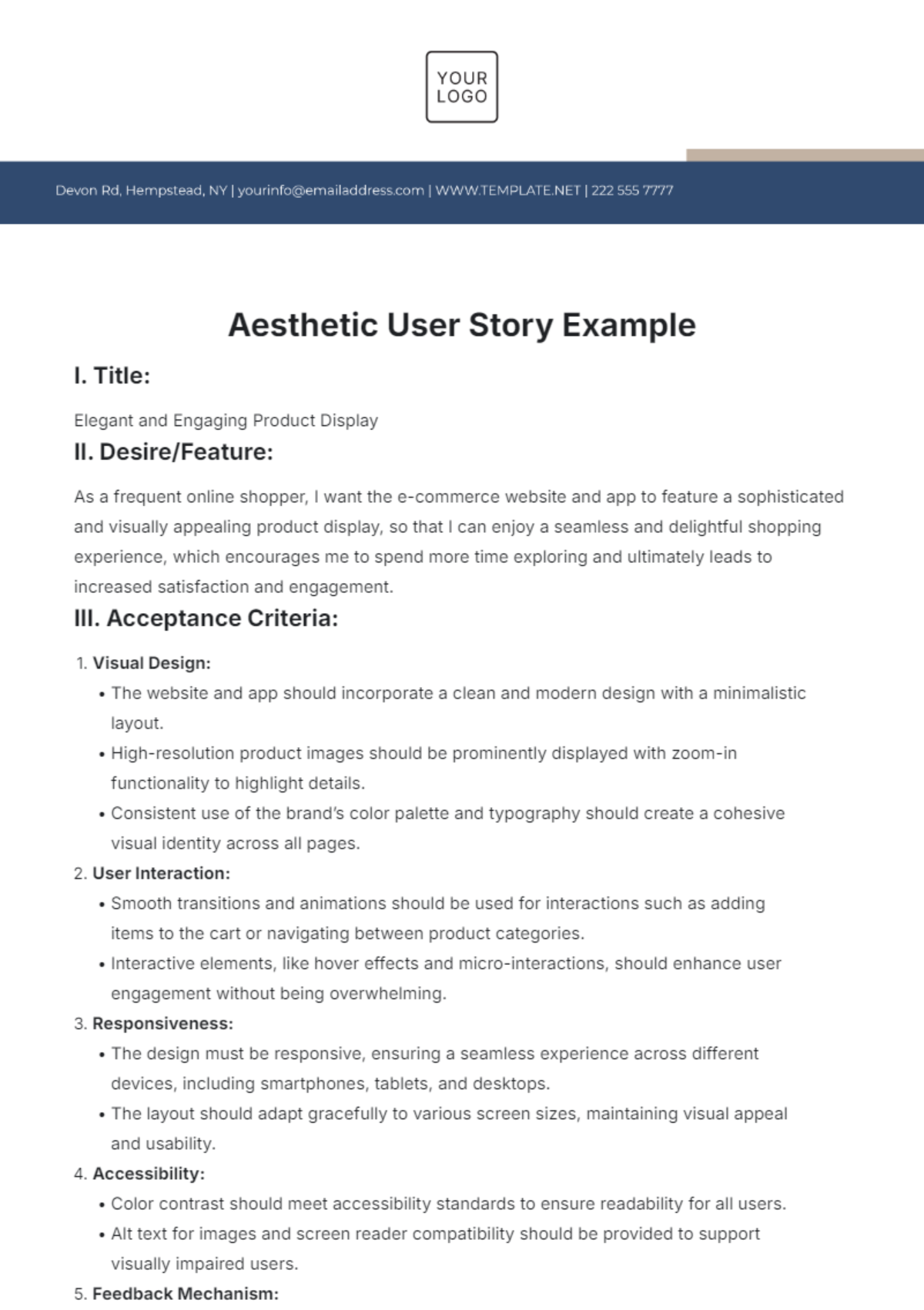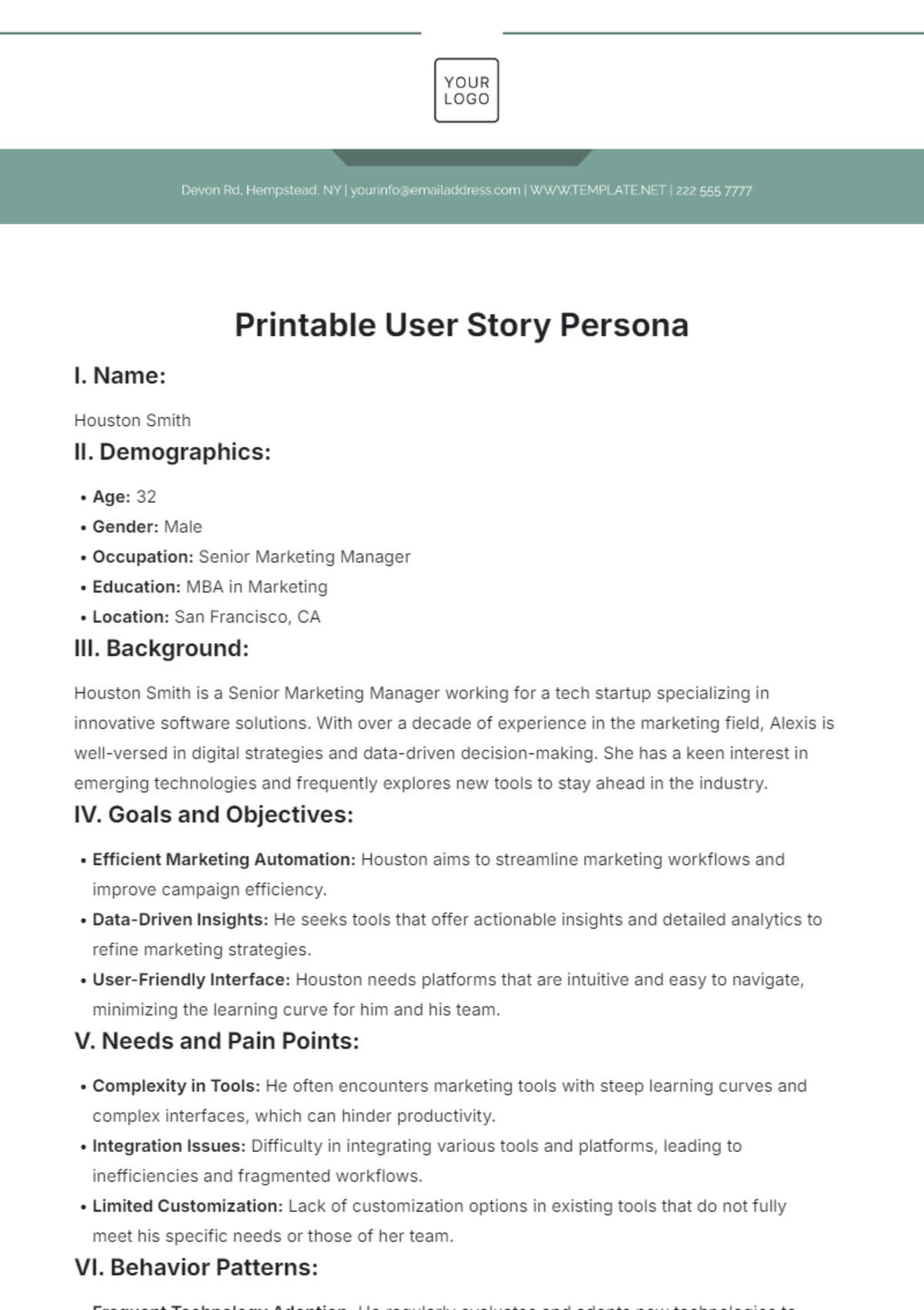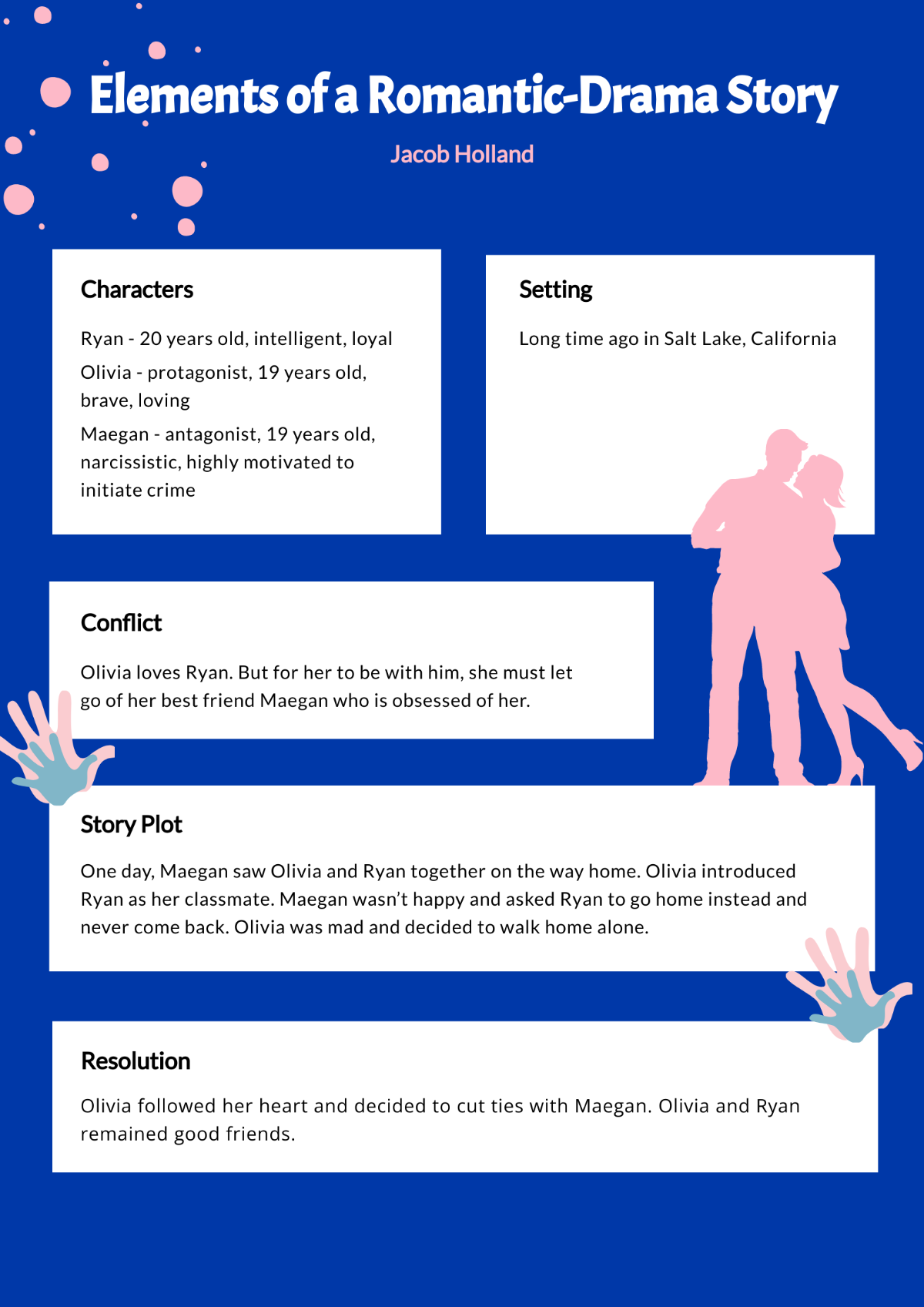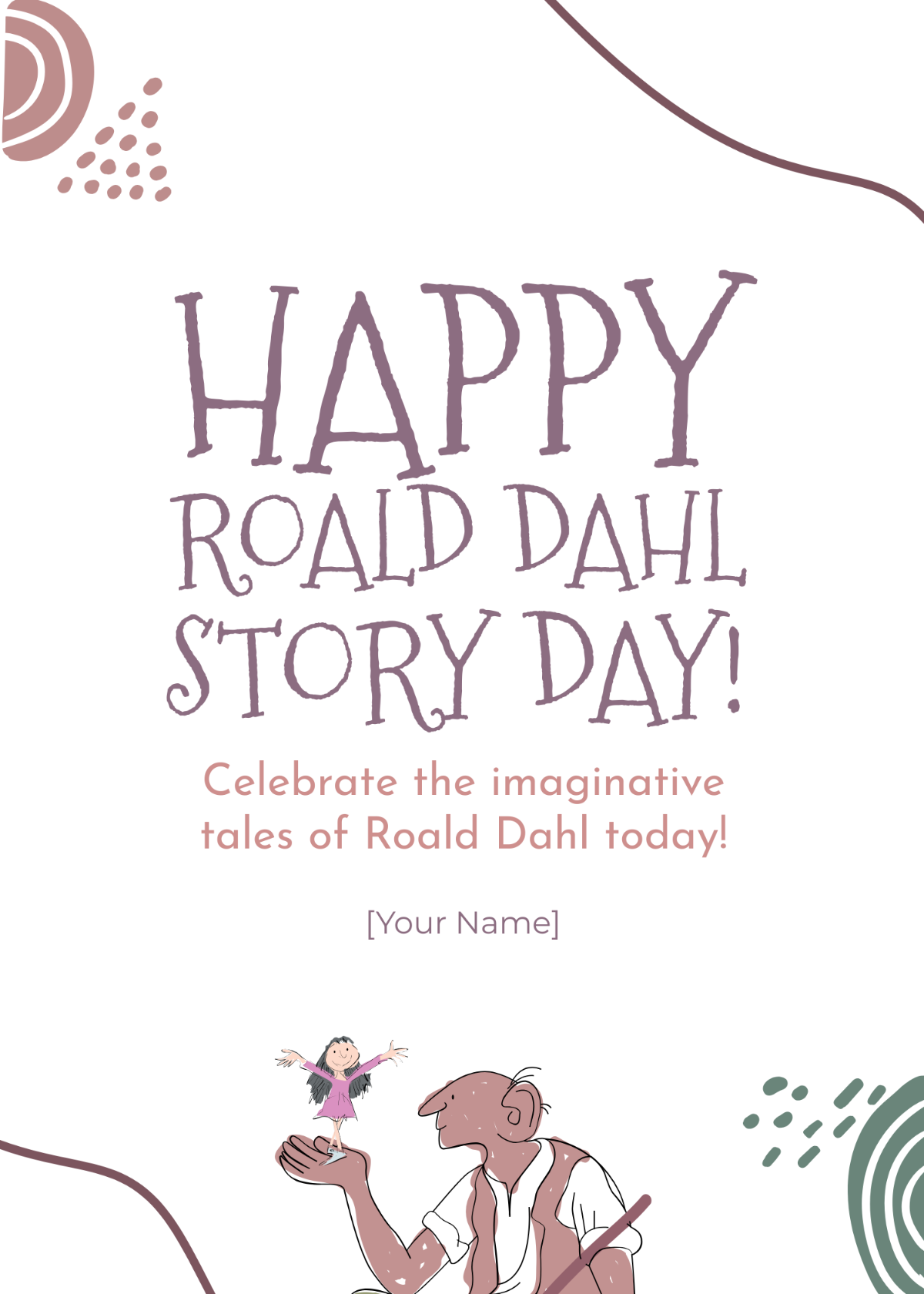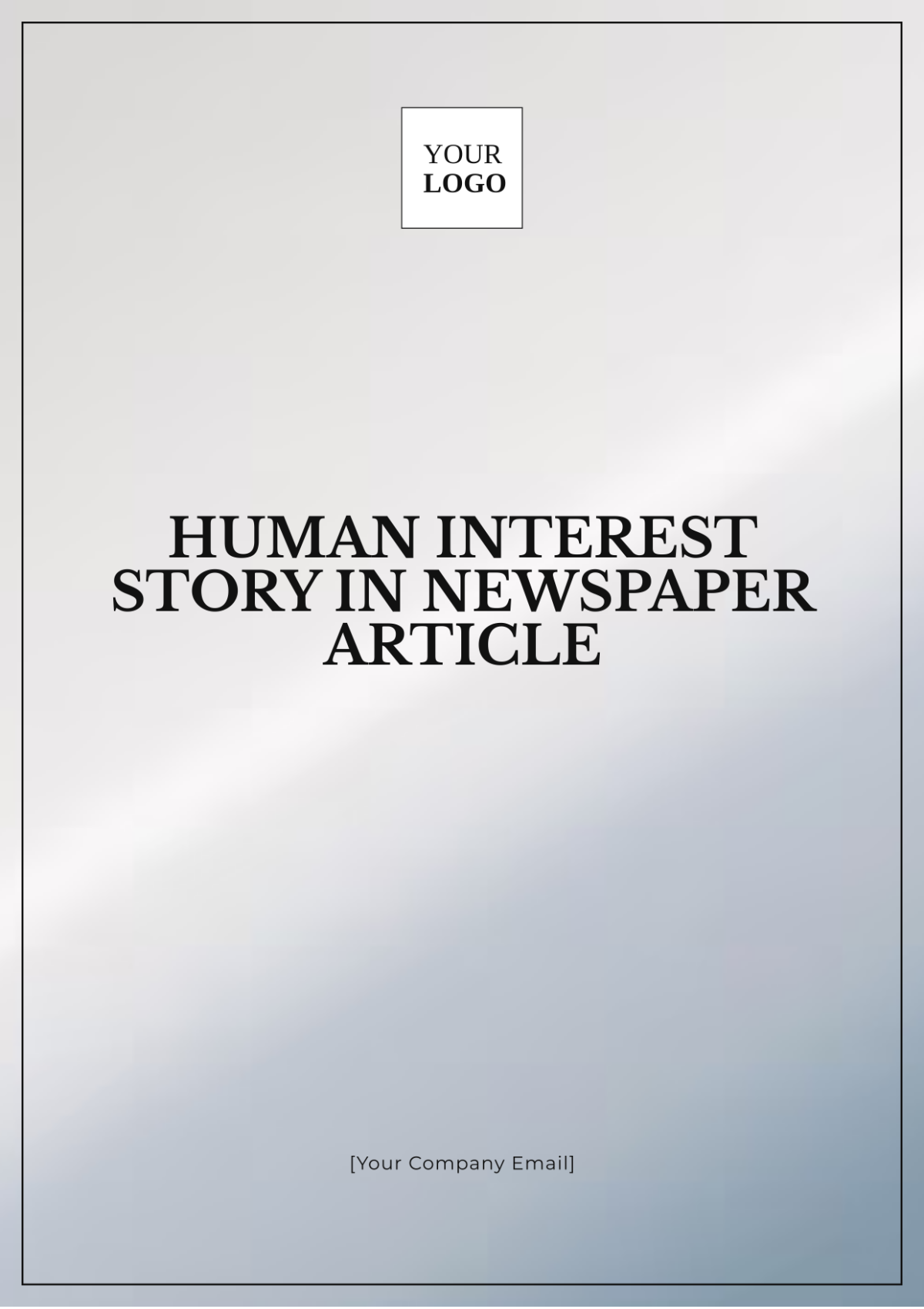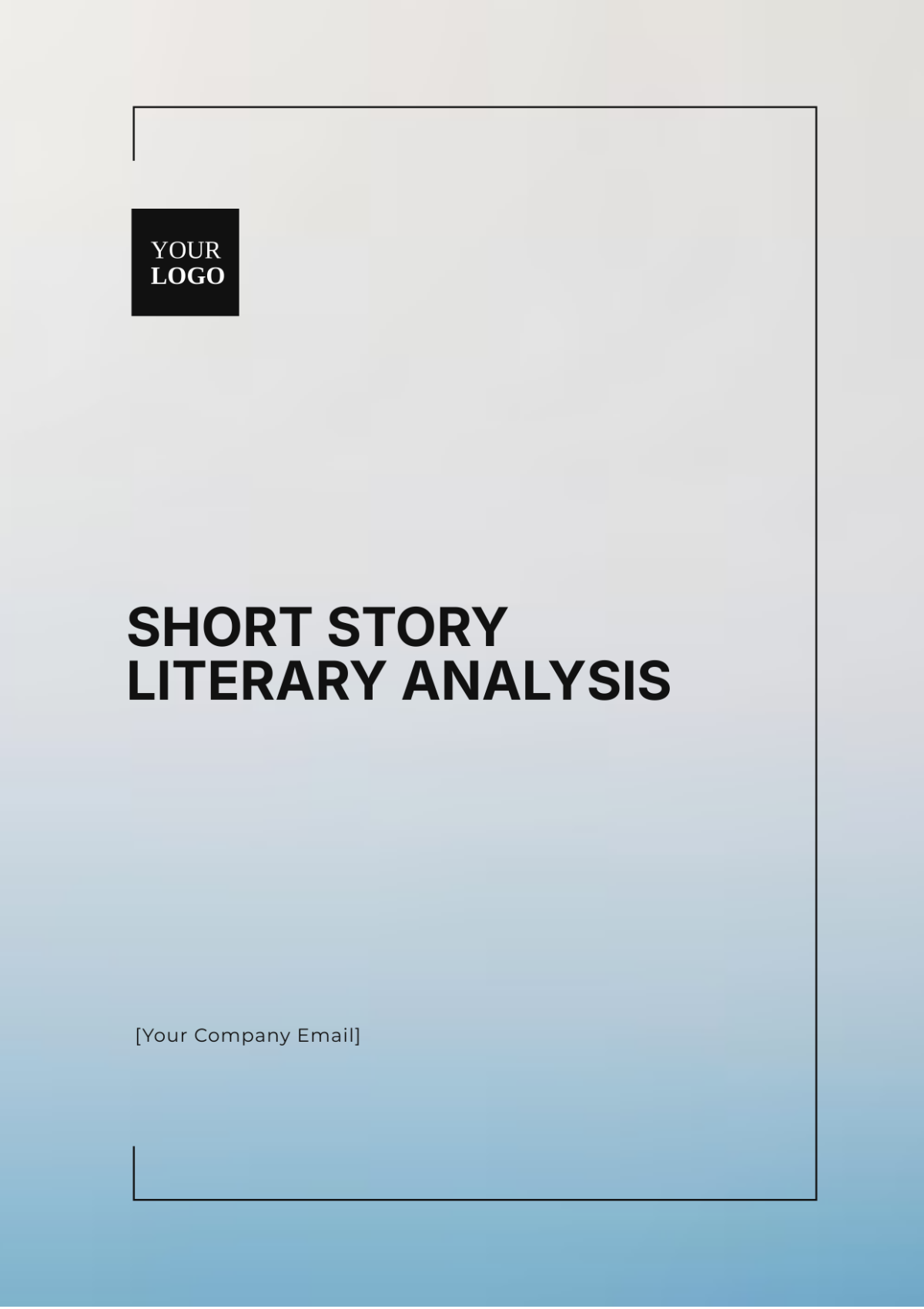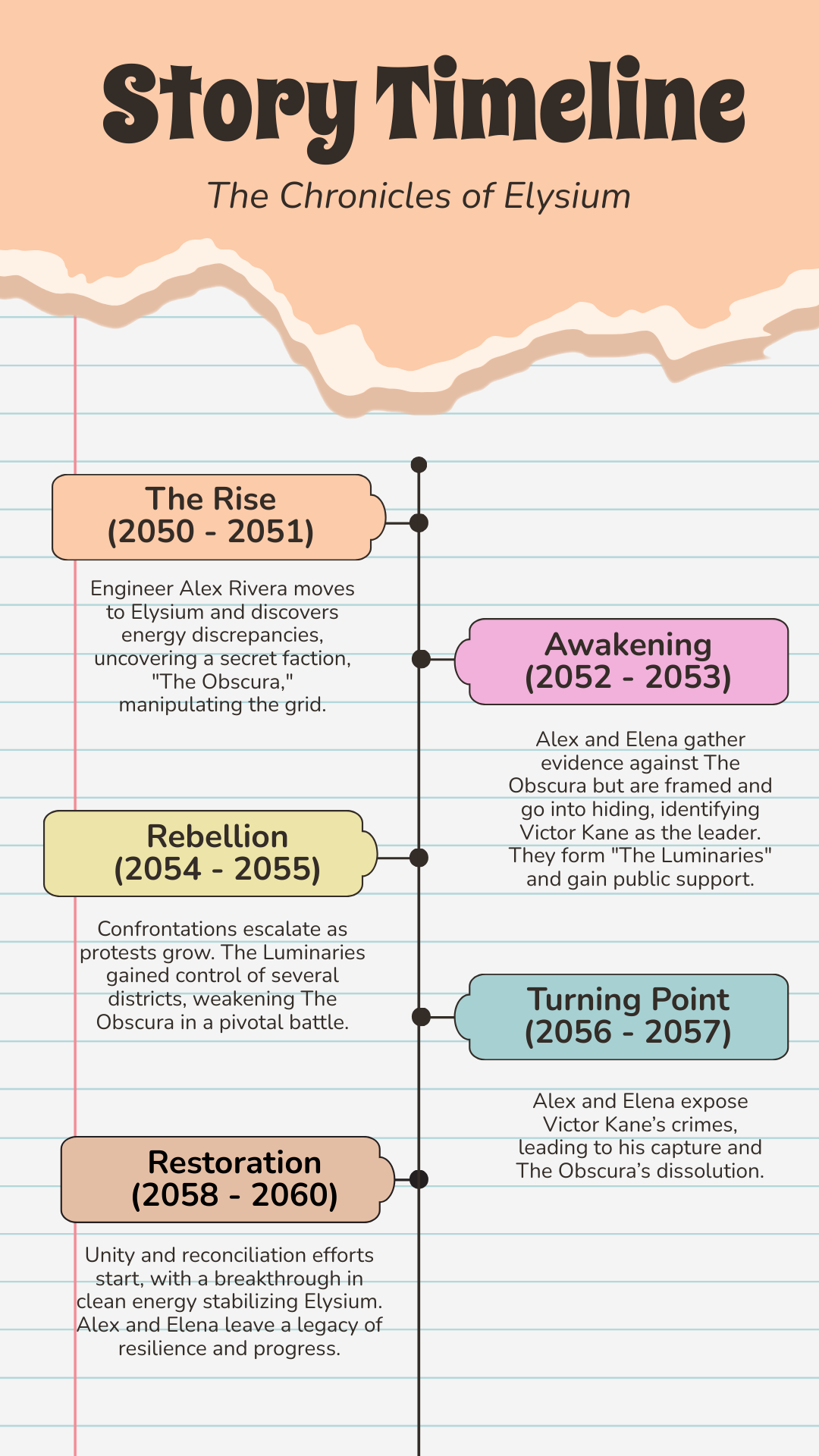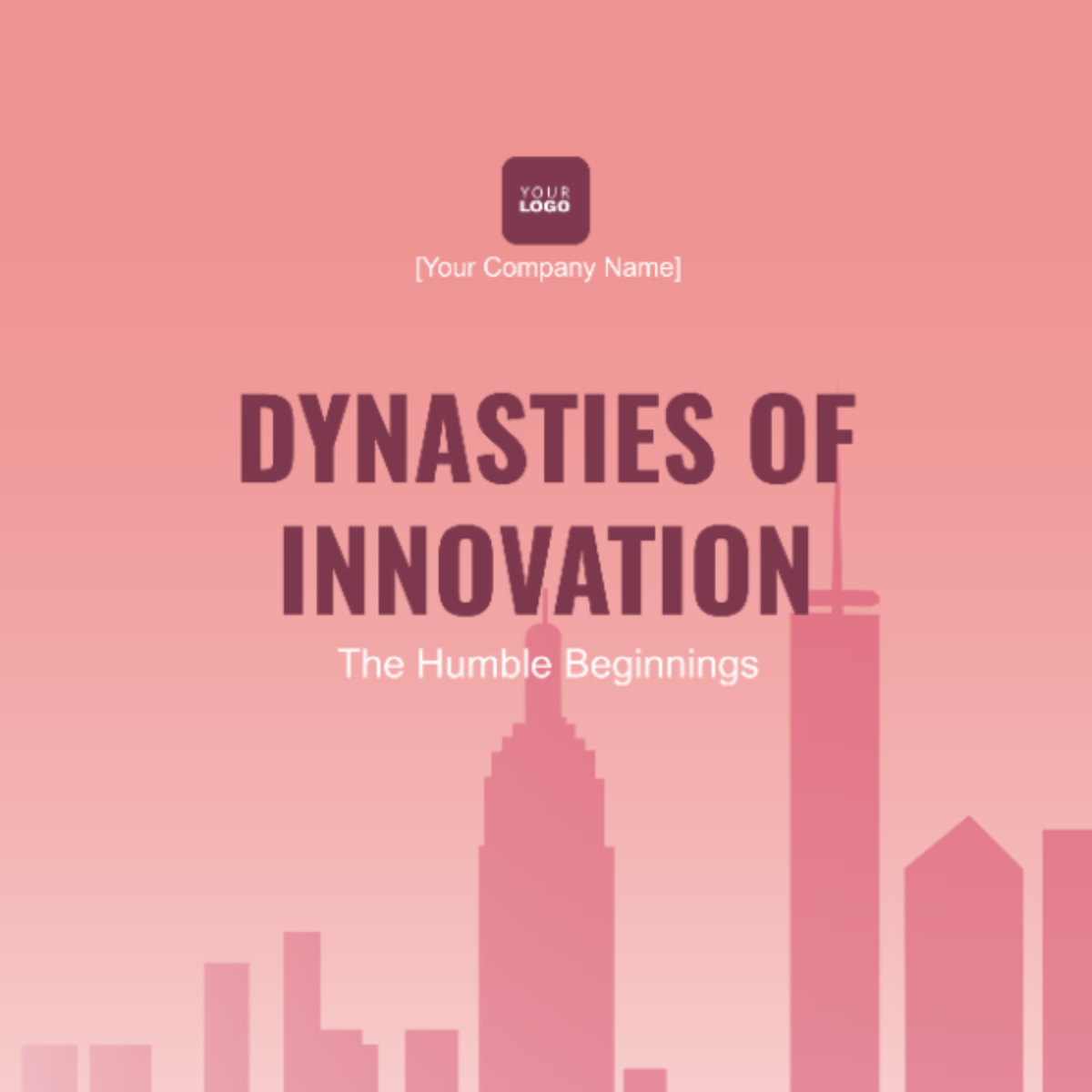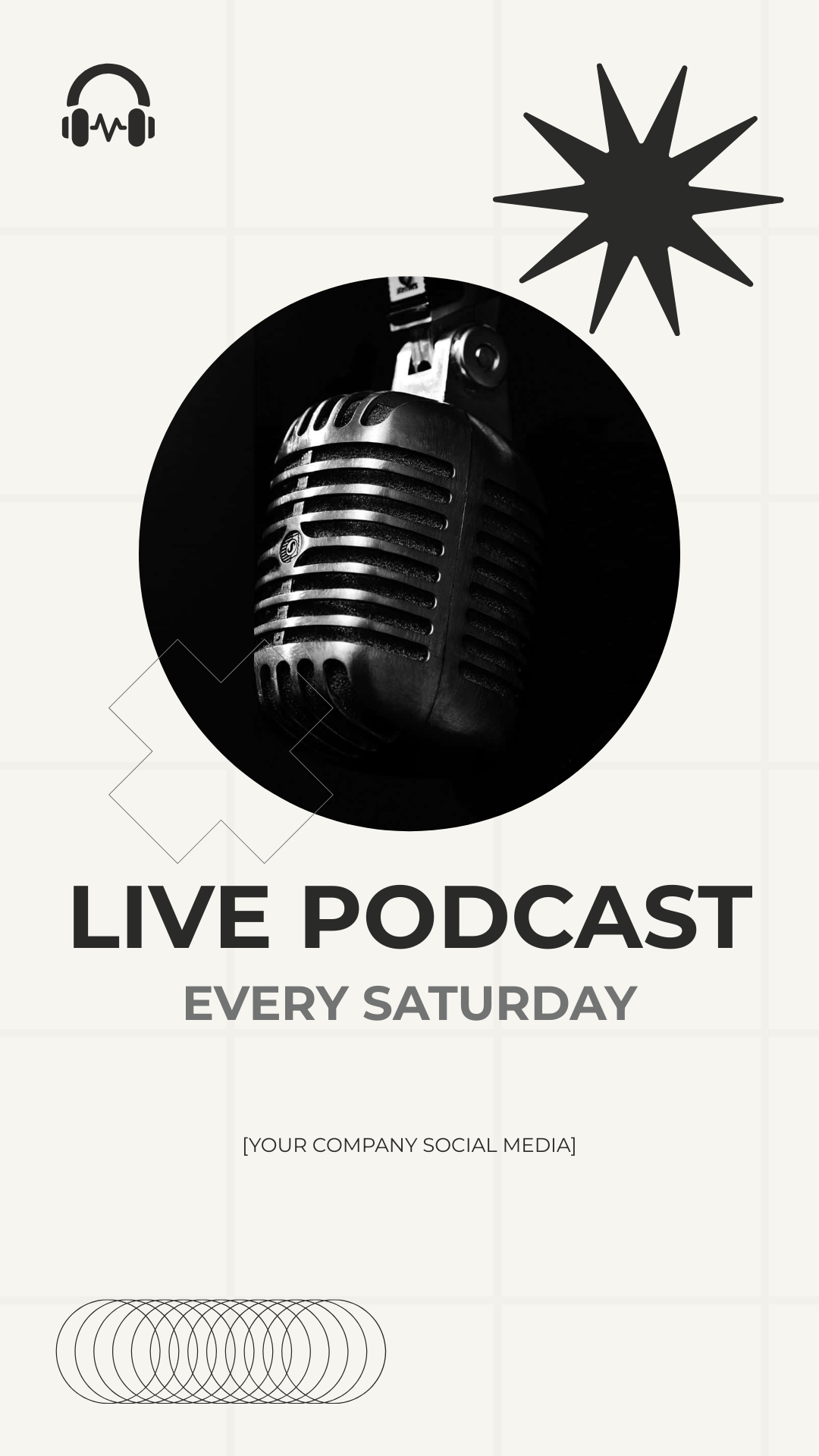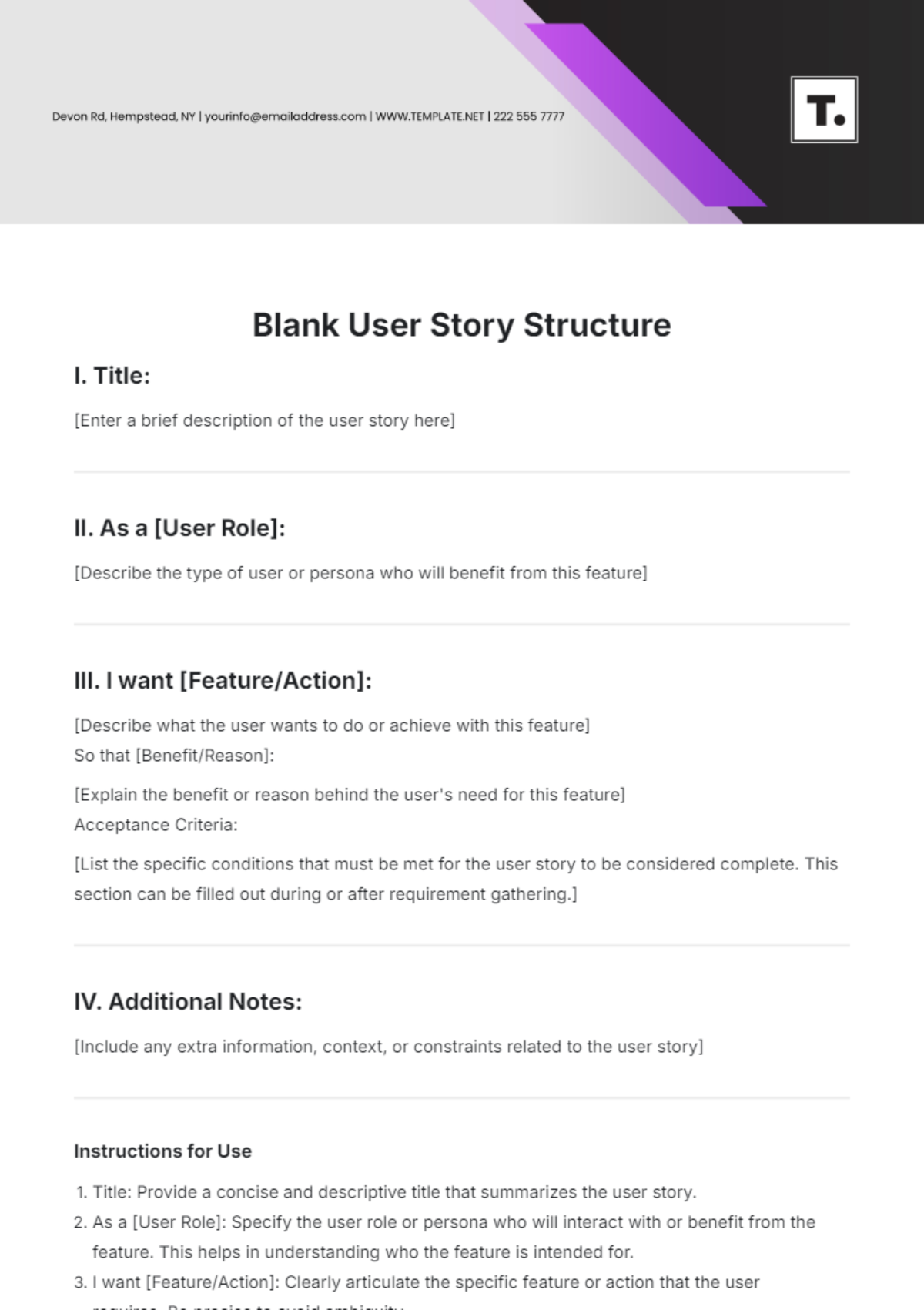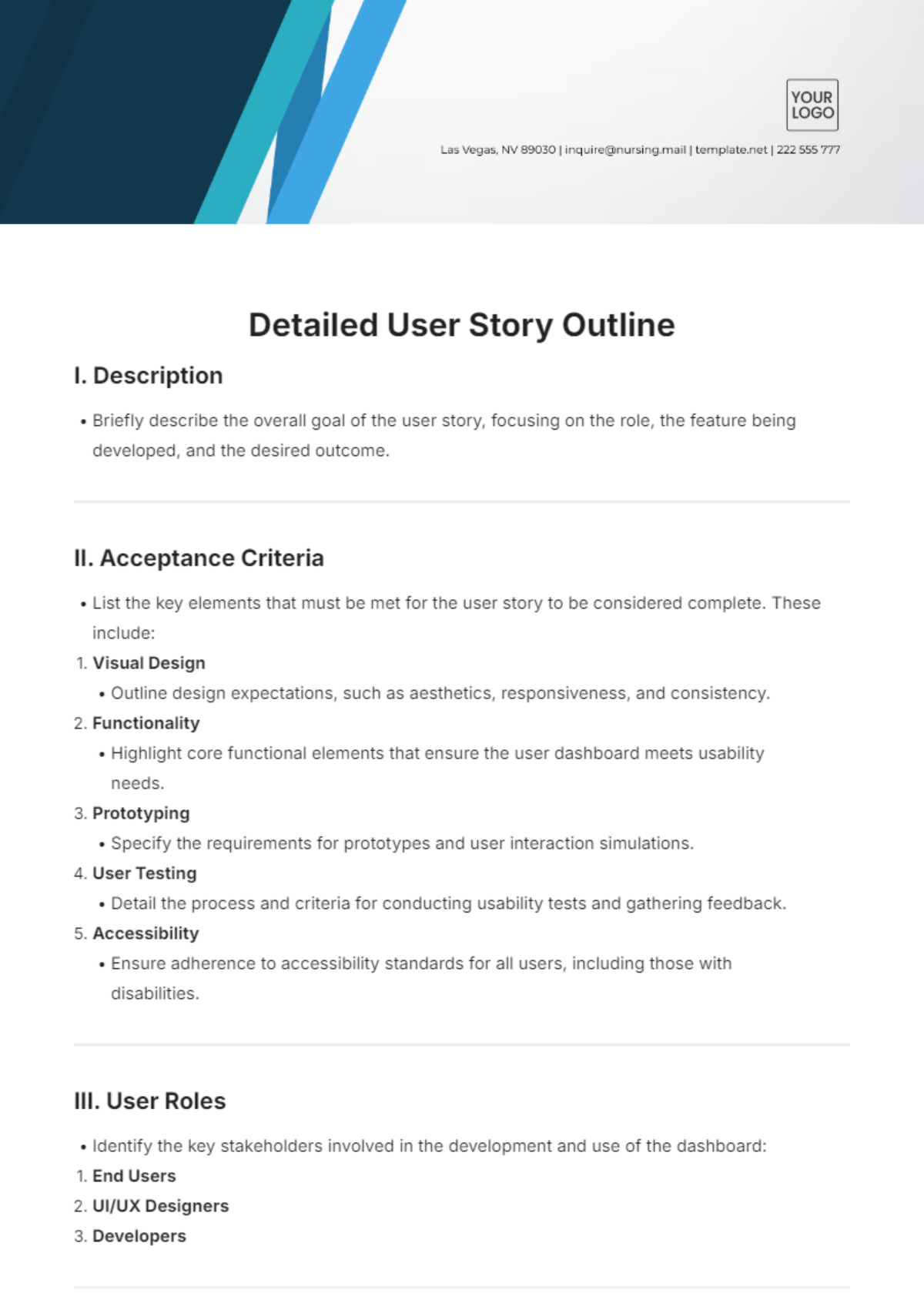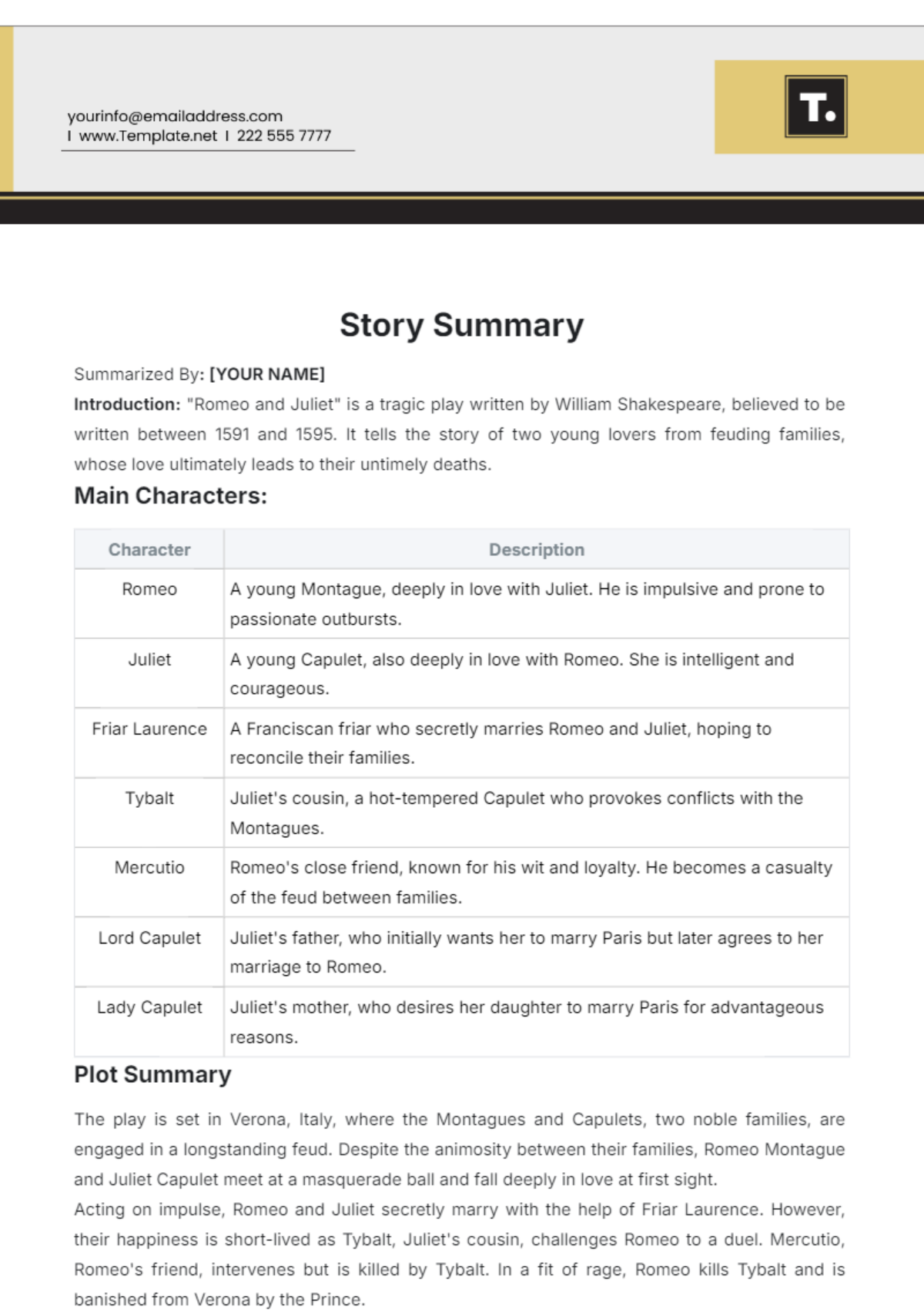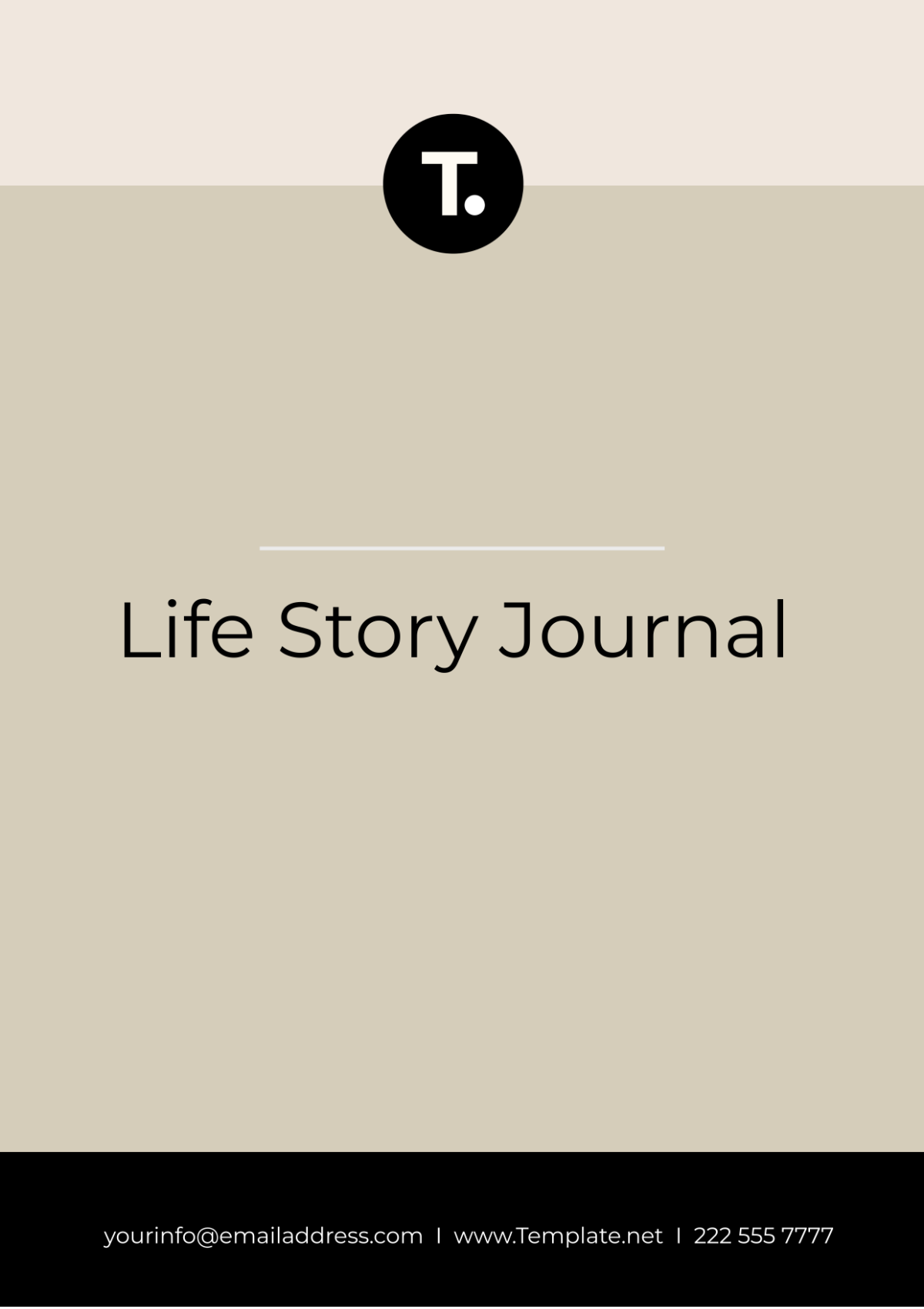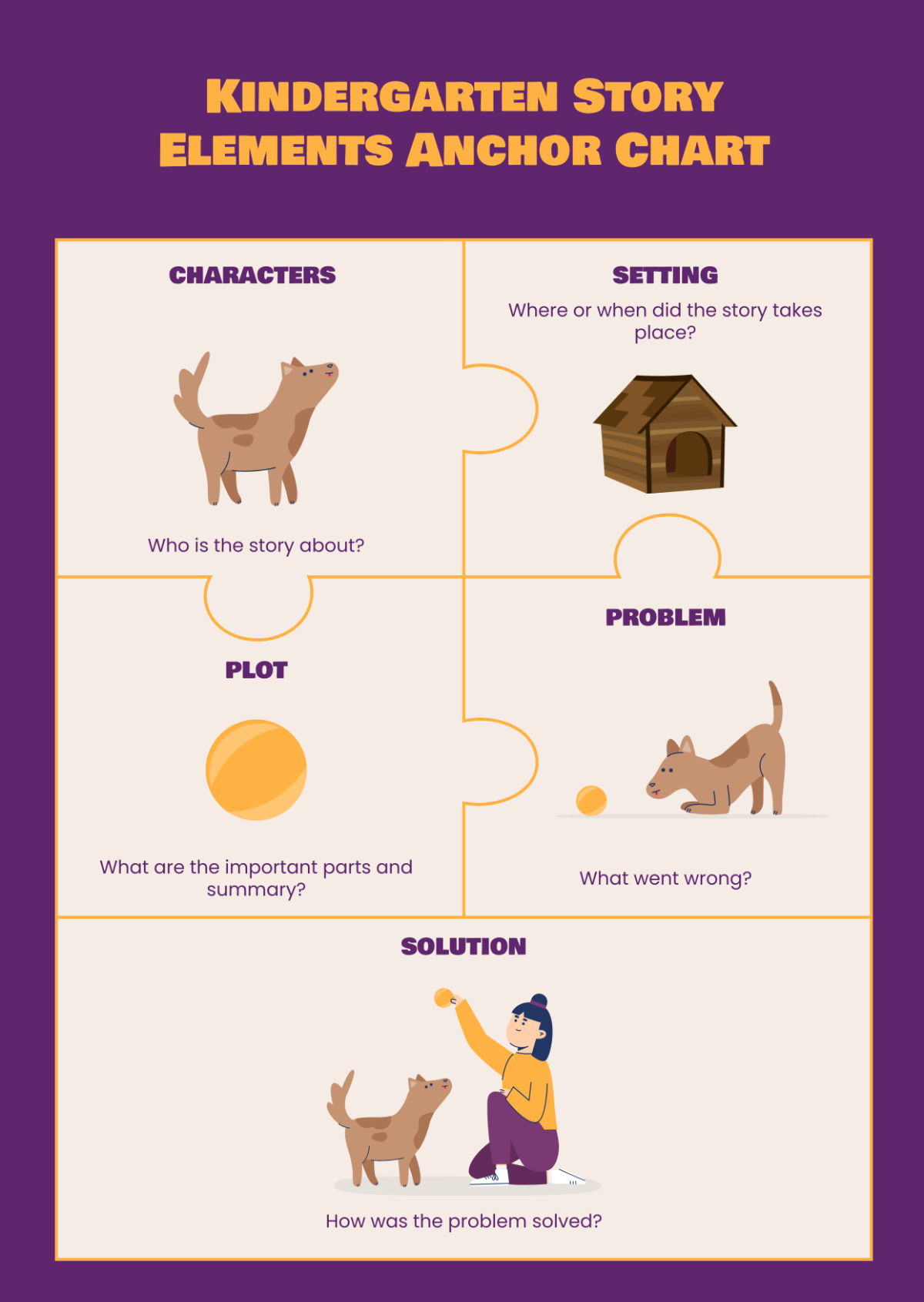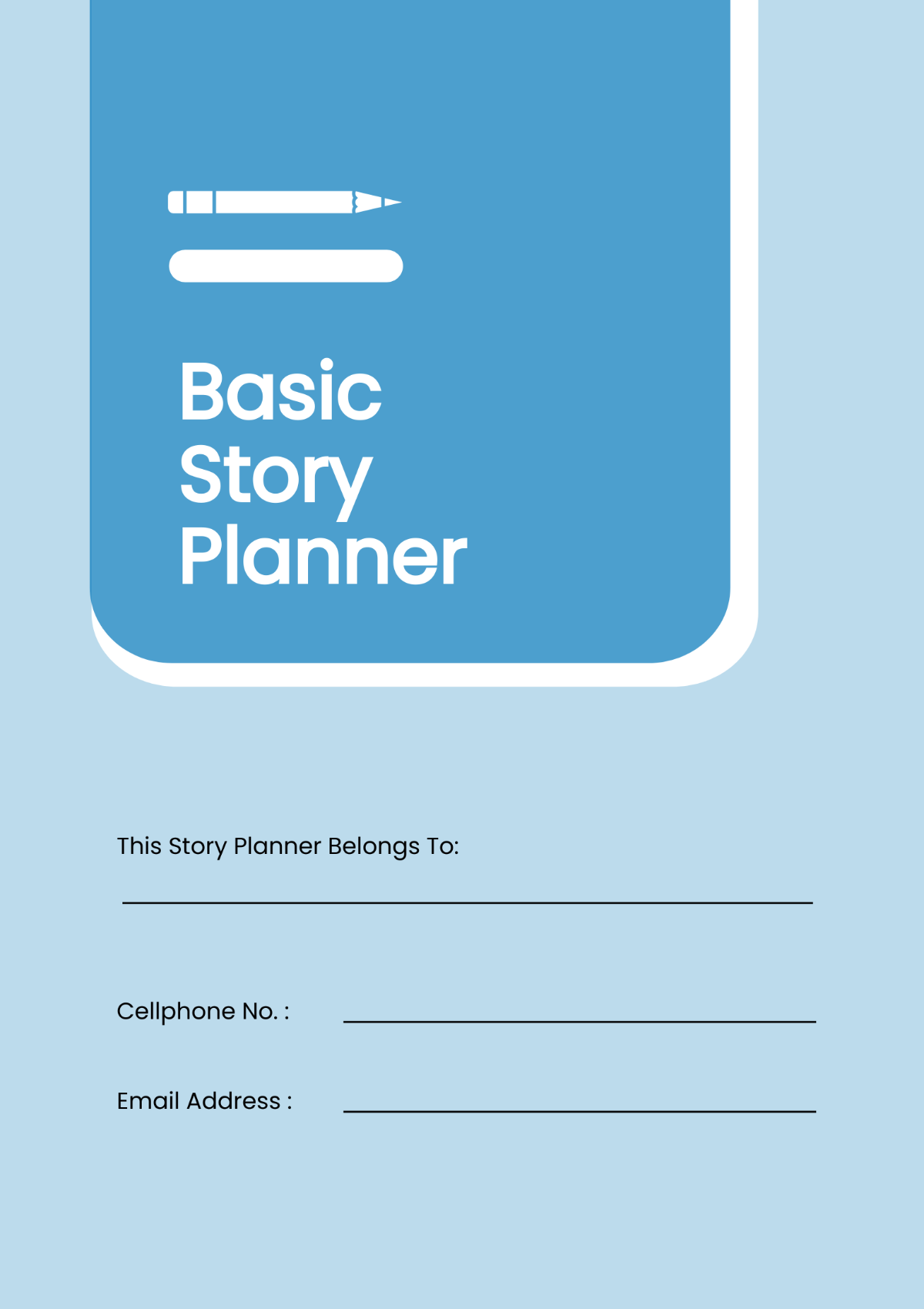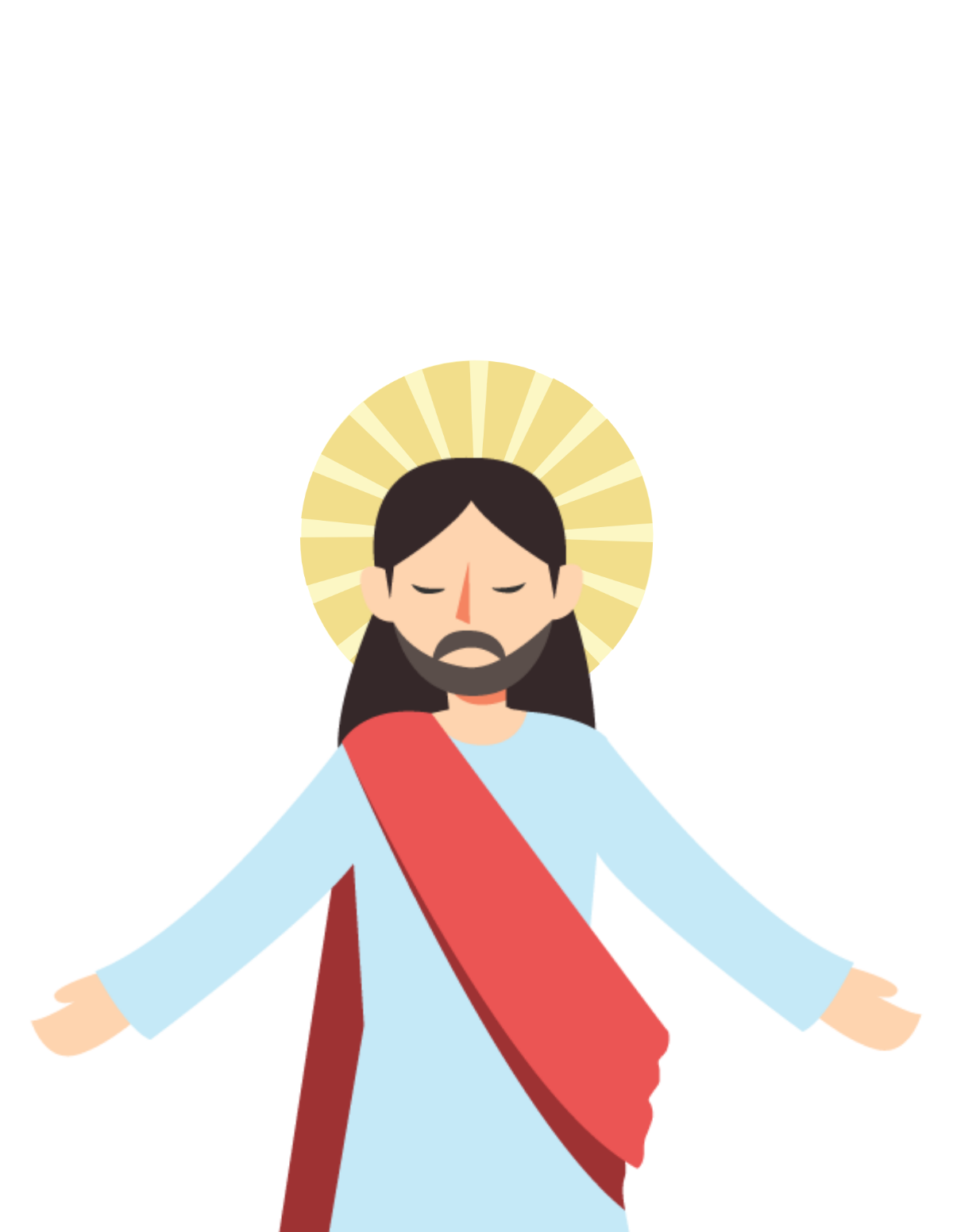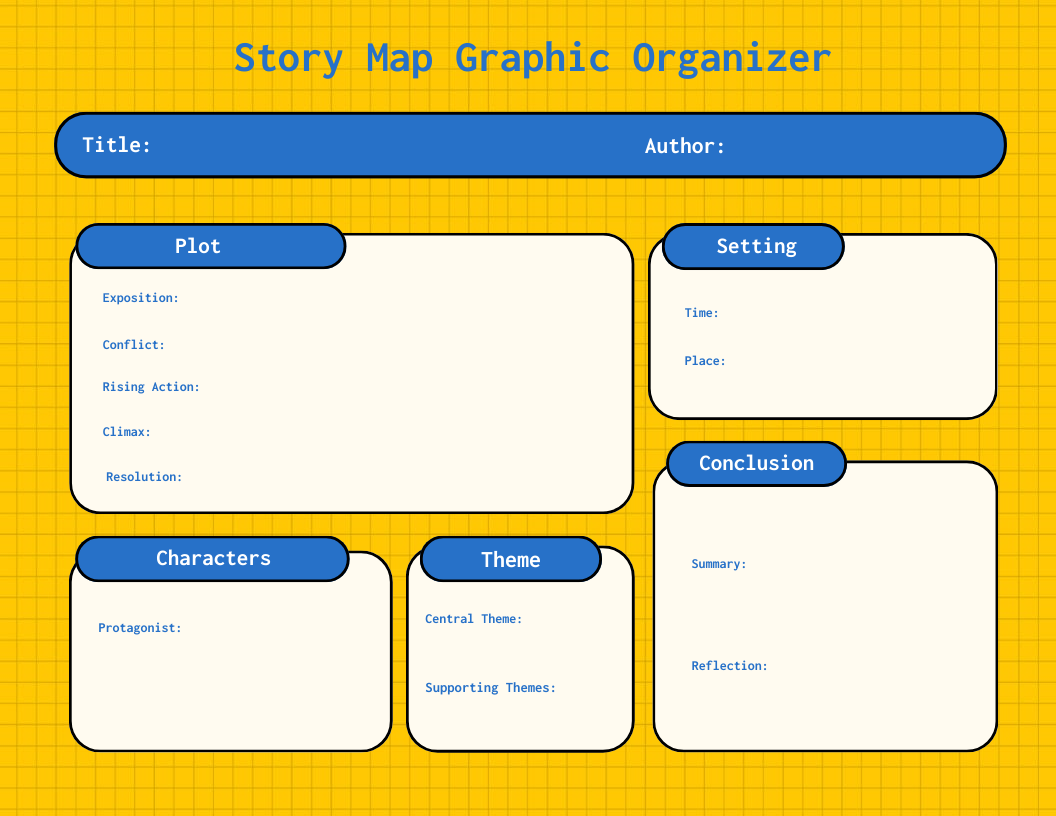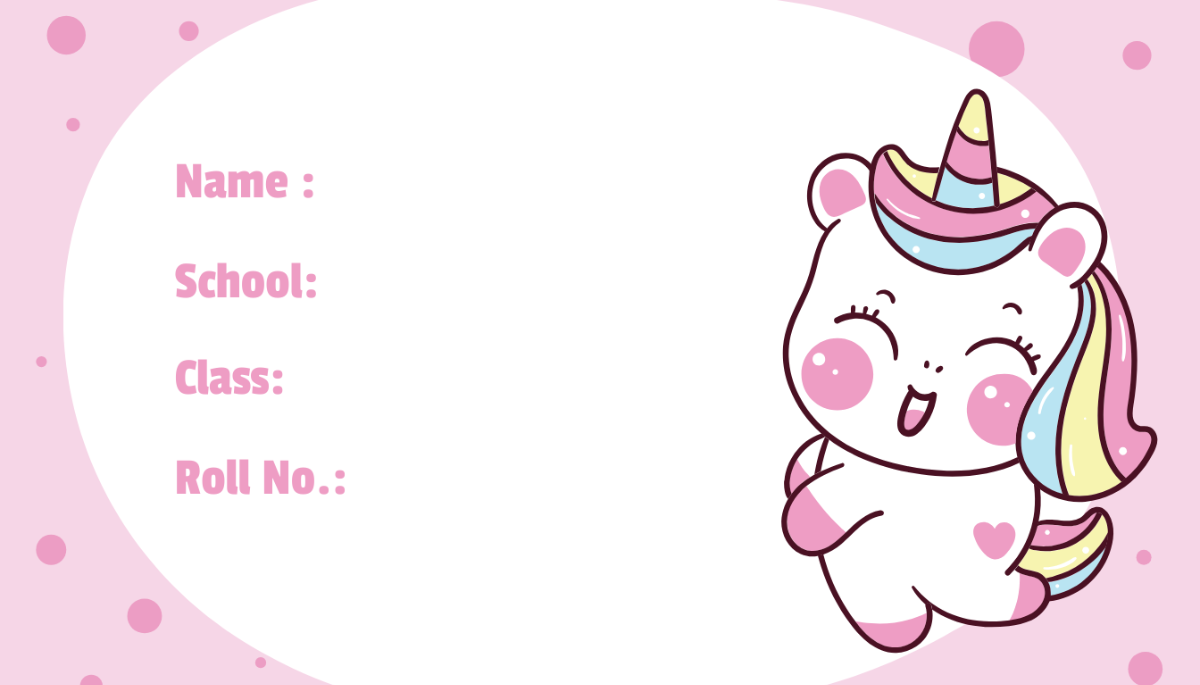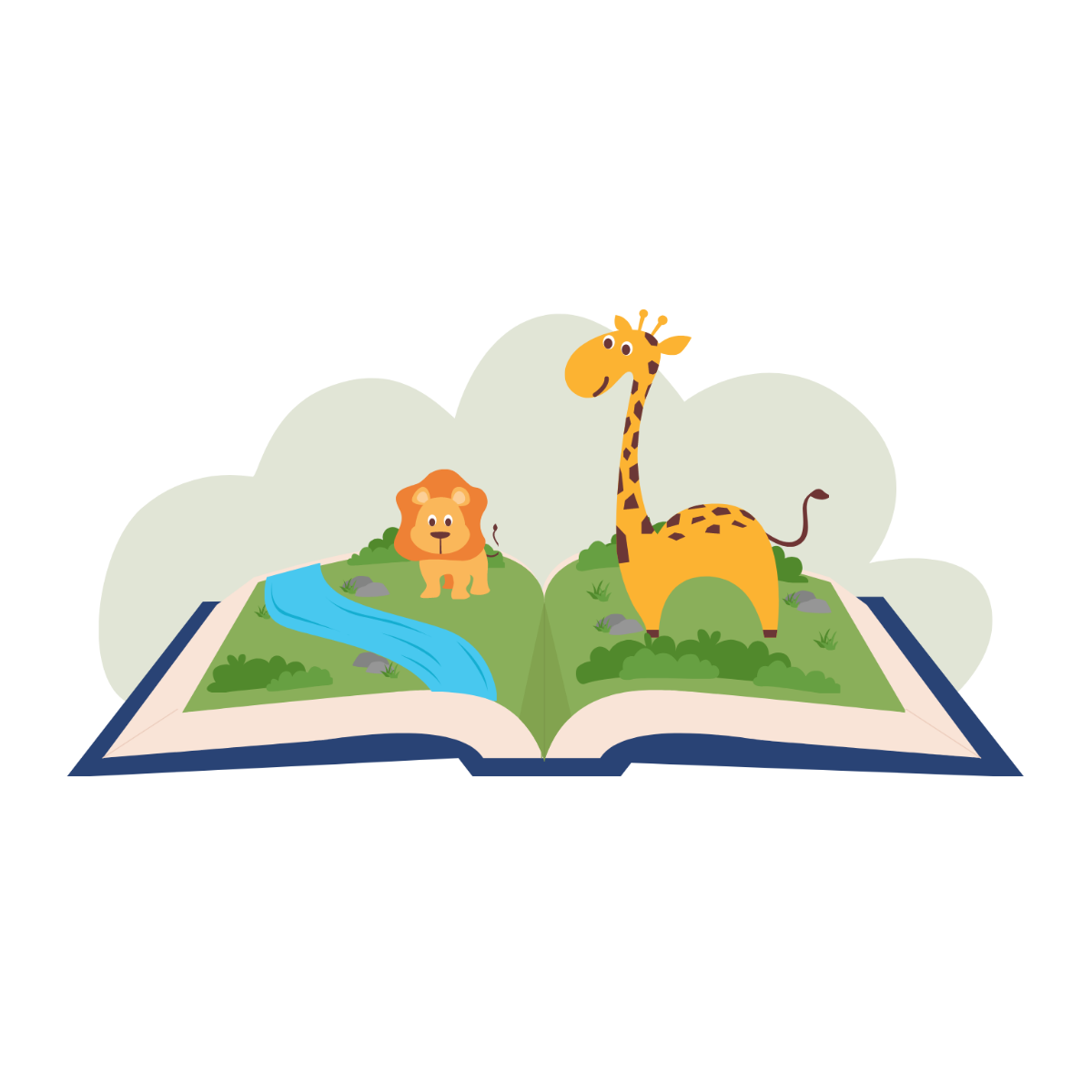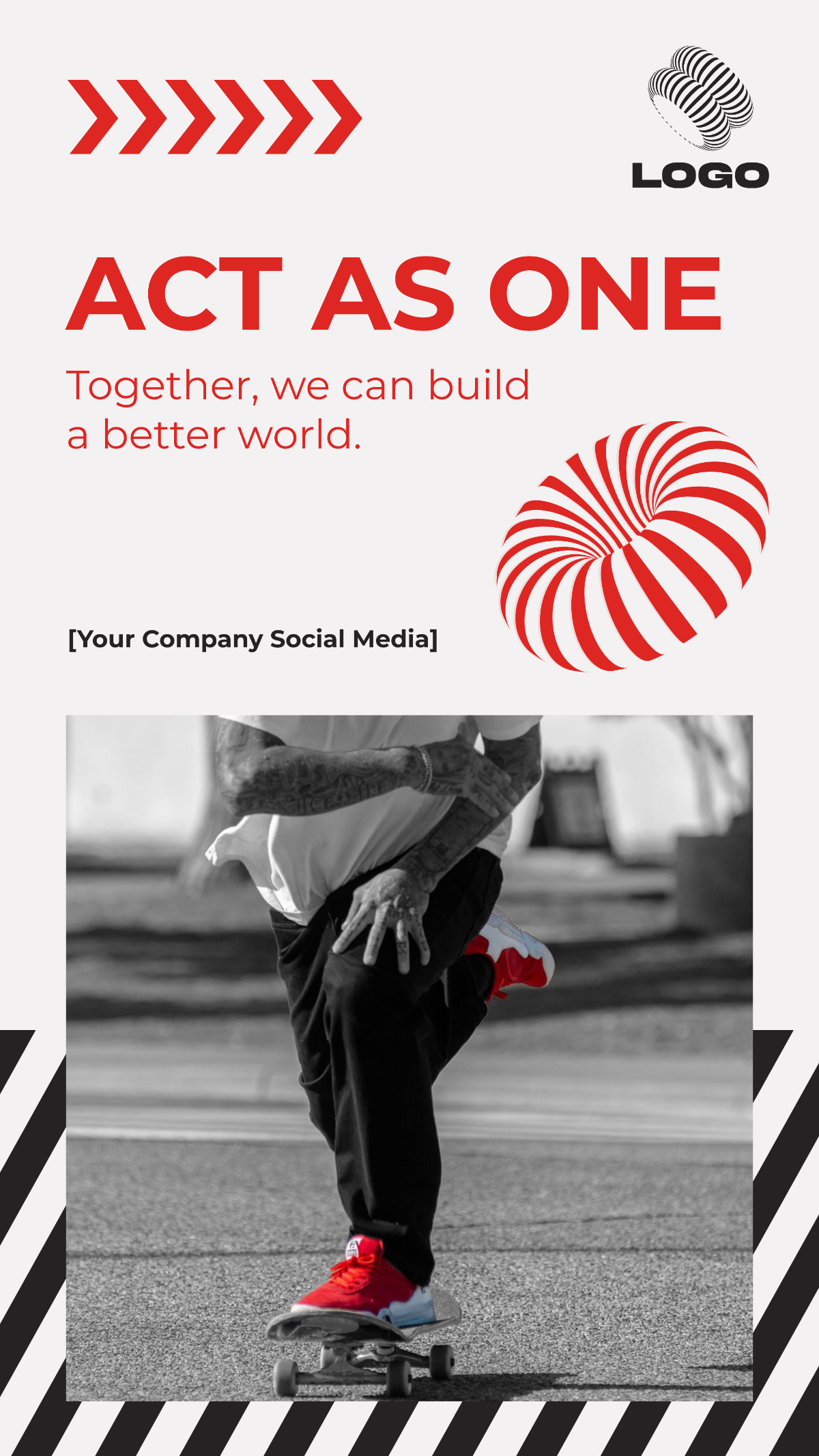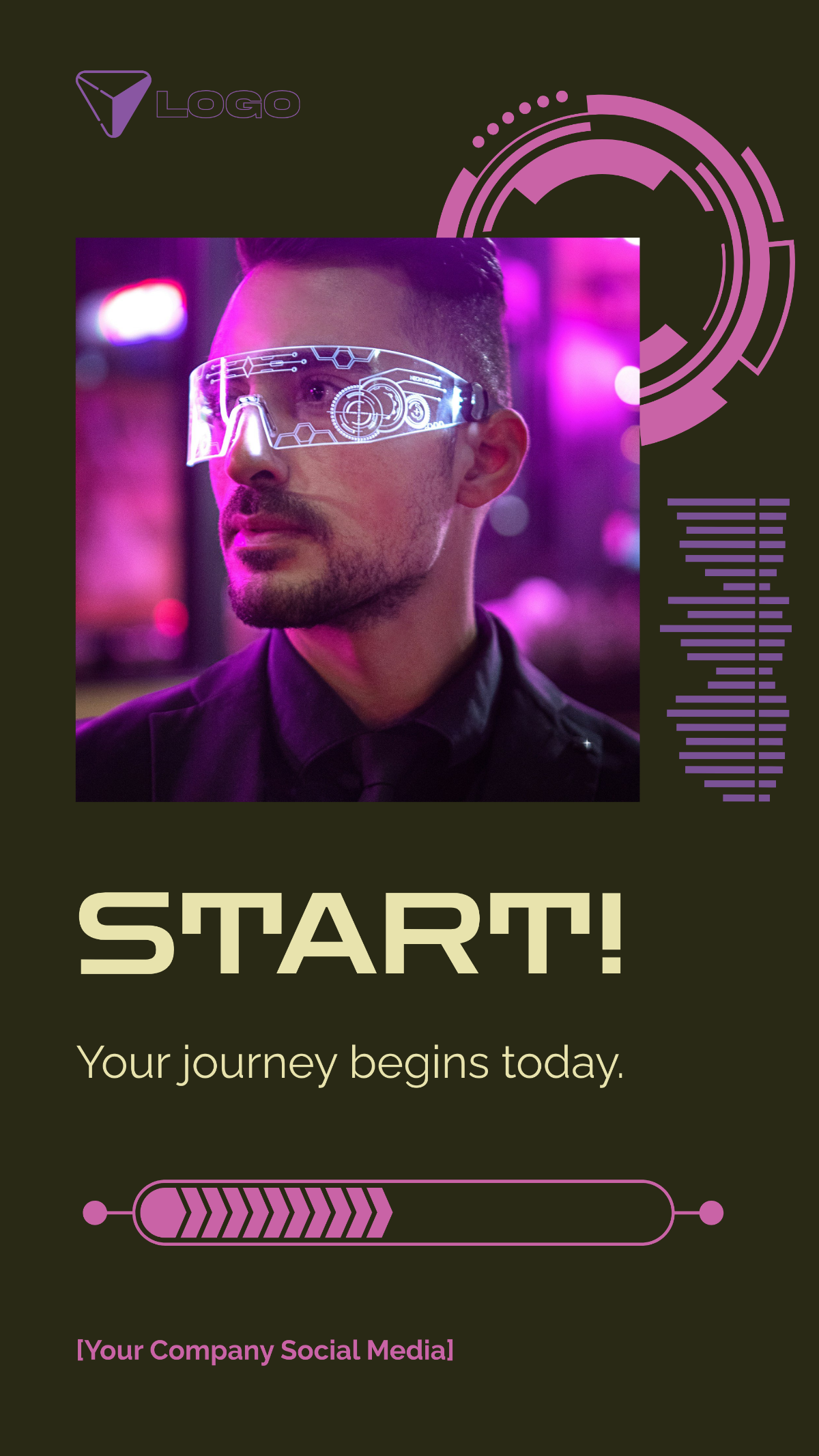User Story
for User Acceptance Testing
I. Introduction
In this section, the user story will introduce the context and purpose of the feature or functionality being developed, emphasizing the need for user acceptance testing (UAT). It will also define the key stakeholders involved in the testing process.
As a [User or Stakeholder], I want to perform UAT [Specify Feature or Functionality], so that [Describe Reason or Goal].
II. Acceptance Criteria
This section will outline the specific criteria that must be met for the user story to be considered complete and ready for UAT. These criteria should be clear, measurable, and aligned with the user's expectations.
The feature or functionality is fully implemented according to the specifications provided.
All user interface elements are intuitive and responsive.
Data validation and error handling are effectively implemented.
Performance meets acceptable standards under various load conditions.
Documentation and user guides are up-to-date and accessible.
III. Testing Process
Here, the user story will detail the steps involved in the UAT process, including who will perform the testing, the testing environment, and any tools or resources required.
Identify Testers: [Name of Team] will be responsible for conducting the UAT.
Testing Environment: UAT will be performed in a [production-like environment.
Test Cases: Testers will execute predefined test cases covering various scenarios.
Bug Reporting: Testers will report any issues or discrepancies encountered during testing using bug tracking system.
Feedback Collection: End-users will provide feedback on the usability and functionality of the feature.
IV. Timeline
This section will specify the timeframe for completing the UAT process, ensuring that stakeholders are aware of the expected timeline for feedback and validation.
UAT Start Date: [Date]
UAT End Date: [Date]
V. Stakeholder Sign-off
This section will outline the process for obtaining stakeholder sign-off upon successful completion of the UAT, ensuring alignment with project objectives and user expectations.
All identified issues and bugs have been resolved satisfactorily.
The feature or functionality meets the acceptance criteria defined in the user story.
Stakeholders have reviewed and approved the final implementation.
VI. Conclusion
By utilizing this document, teams at [Your Company Name] can ensure that they address both the technical and business aspects of new features effectively. This structured approach facilitates better planning, execution, and alignment with strategic business objectives.

